Yet, as exciting as it is to begin a new client engagement, it’s also where the real work starts, and where those you serve will really see if you are actually going to do what you said you would.
This is where having a well-defined client onboarding process is critical. As the first impression of the new partnership, onboarding isn’t just a formality; it’s a pivotal opportunity to establish a foundation of trust and credibility that will underpin the entire client relationship.
What Is Client Onboarding?
Simply stated, onboarding new clients is the act of welcoming new individuals or businesses into your fold. While you — the service provider — are excited and enthusiastic about bringing on a new client, the reality is they might not share that same energy. For all business owners, and especially those manning small businesses, making a new investment can feel intimidating and nerve wracking.
This is why your client onboarding process is so important. Quality onboarding should set the stage by familiarizing clients with your operations, people and services. It should also give them an initial understanding of what working with you is really like.
As a tool to set a positive tone for the working relationship, here are the client onboarding best practices you need to incorporate into your process.
Start Your Client Onboarding Process During the Sales Process
A critical component of onboarding new clients starts before you’ve locked in any sort of engagement with them. During your initial meetings with potential clients, they are already judging what working with you could be like. Here’s how to make a good impression from the get-go:
-
Listen: Demonstrating active listening skills shows you have a vested interest in the problems and opportunities your potential clients are facing. It also allows you to come back to the table with thoughtful recommendations for your work together.
-
Meet Everyone Involved: There’s nothing worse than engaging with one member of an organization, just to start the whole process anew because they weren’t the only decision-maker. In your early engagements, ask, “Who would I all be interacting with as part of this partnership?” That way you can make sure all parties are on the same page.
Establish Clear and Concise Expectations
Communication and transparency are critical to any successful relationship, and client engagements are no exception. Clearly defining responsibilities and deliverables from the outset mitigates the risk of misunderstandings and fosters mutual trust.
As part of your client onboarding checklist, write out the goals you are working toward, what tactics/deliverables will be executed, ownership and responsibilities, timing considerations, and anything else critical to the success of the partnership.
Pro tip: Turn your frequently asked questions into a client onboarding form for repeated use and to ensure you and your clients have everything needed from the beginning.
Build Trust and Credibility
Trust is the currency of happy client relationships — but it doesn’t happen overnight. Starting day one of the client onboarding process, be steadfast in providing regular updates and staying on top of any moving parts related to the scope of work. Further, be nimble. When you can think on the fly and shuffle priorities to meet the demands of those you serve, you build trust and credibility, and establish yourself as a true partner who delivers on the promises you make.
Maintain Open Communication
Always, and especially when onboarding new clients, communication should be at the forefront. Starting with onboarding, thoroughly communicating what comes next — whether it be project deliverables, team meetings, discovery sessions or software updates — is key to moving the working relationship in the right direction.
As much as communication during the client onboarding process is important to know what to expect, it also opens the door for your clients to do the same. Establishing effective feedback loops allows for adjustments based on client input and fosters a culture of responsiveness and adaptability.
Evaluate and Refine Your Onboarding Process
Creating a seamless client onboarding checklist is an ongoing journey. Solicit client feedback post-onboarding through surveys or direct conversations to understand what worked and what didn’t — and adjust accordingly. Regularly review and update your client onboarding process template to ensure your approach remains agile and effective.
Final Thoughts on Onboarding New Clients
In conclusion, the significance of a well-crafted client onboarding process serves as the cornerstone of a successful business-client relationship and lays the groundwork for trust, credibility, and mutual understanding. By prioritizing clear communication, setting realistic expectations, and consistently delivering value, you can ensure that every new client journey begins on the right note and evolves into a thriving professional partnership.
Struggle with defining a clear onboarding process? We’re your go-to for all things process in your business. Let us help! Reach out today.




